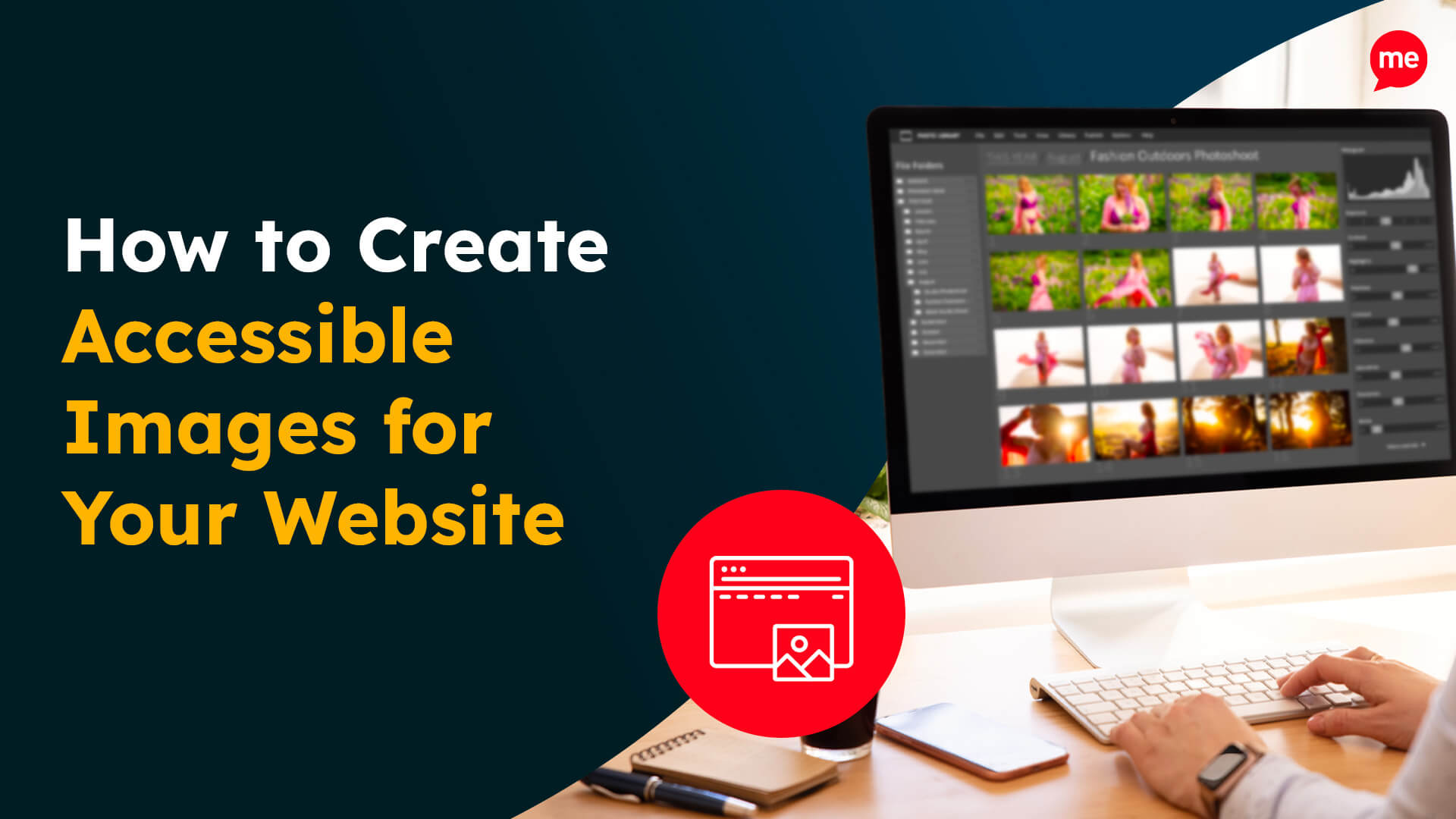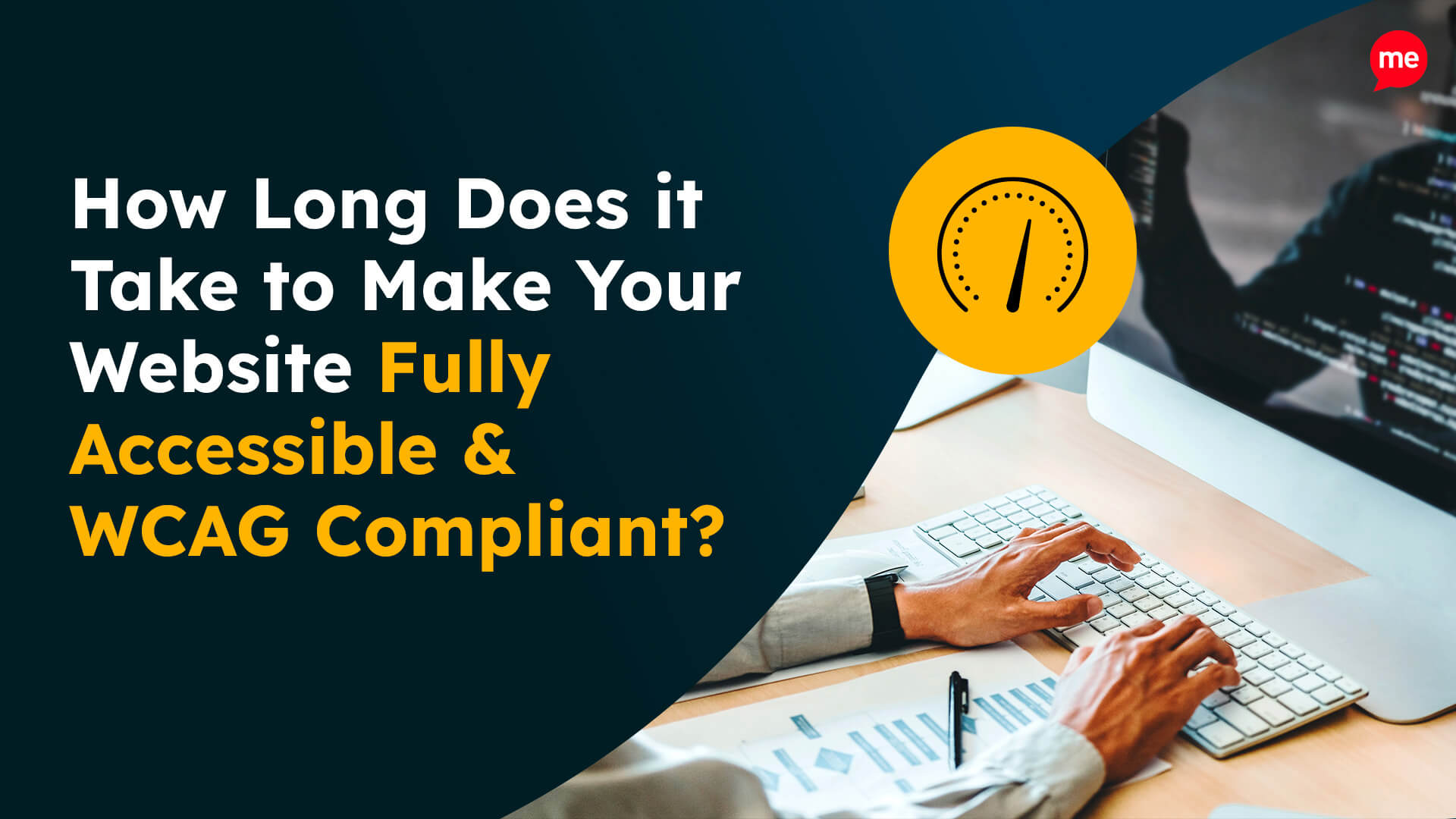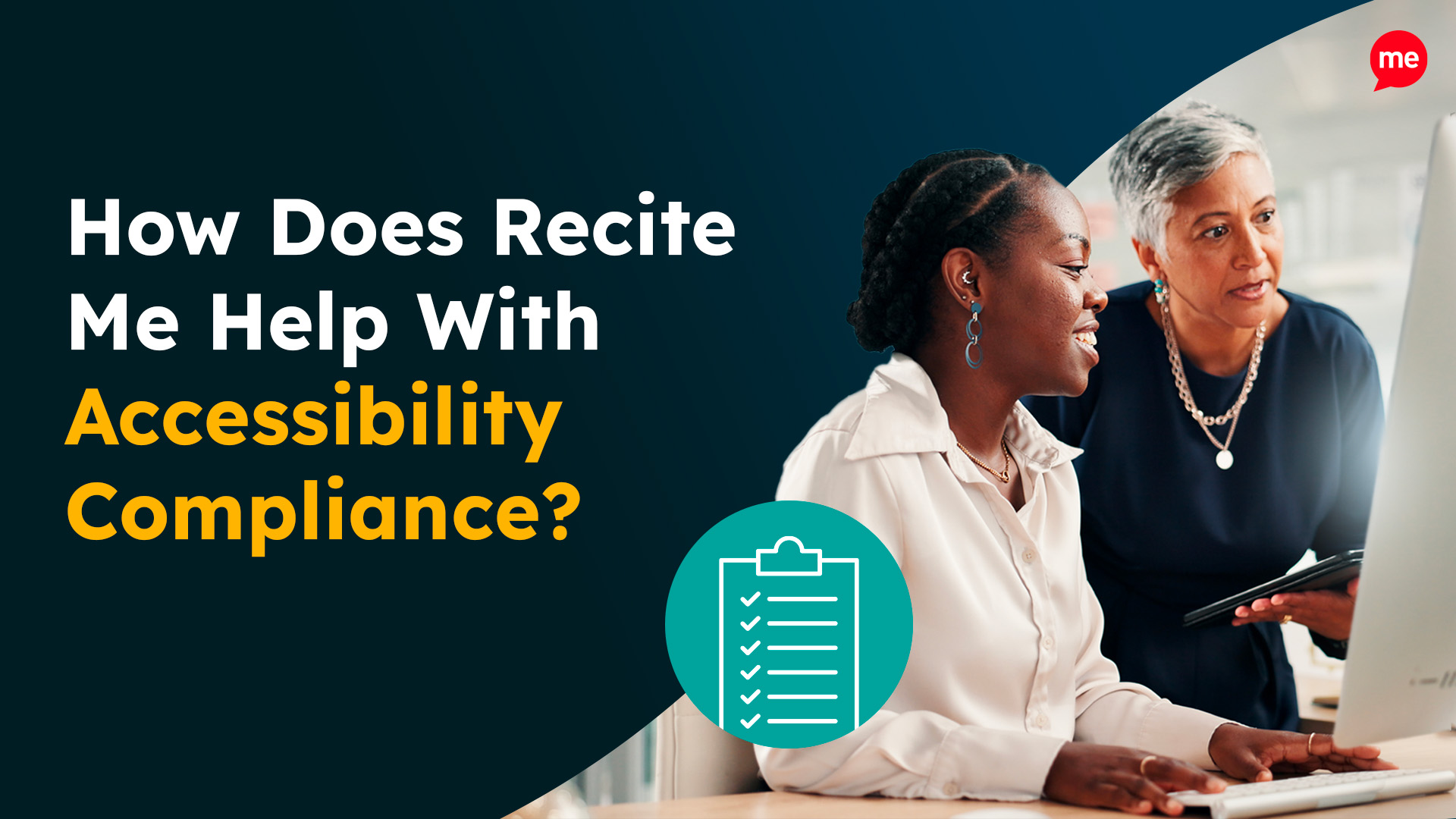Get Your Free Accessibility & Inclusion Toolkit
Download NowYou know your website needs to be accessible, but getting started can feel confusing. What exactly makes a website accessible? And which rules do you need to follow? Breaking the process down into simple steps can make it much more manageable.
In this guide we’ll walk you through accessibility (A11y) testing in detail: from understanding standards and legal frameworks, to practical testing steps, common pitfalls, and how online tools can support your A11y journey.
Understanding A11y testing standards
Accessibility testing (commonly shortened to A11y testing) is the process of checking how effectively a website can be used by people with disabilities. This covers a wide range of needs, from visual, auditory, motor, and speech impairments, to temporary disabilities.

The goal is to remove all barriers that prevent users from navigating your website and understanding and interacting with the content. Testing should ensure that:
- Websites can be navigated with assistive technology like screen readers
- All users can interact with the site, e.g. submit forms and complete purchases
- Everyone can engage with images, and media in some way
WCAG (Web Content Accessibility Guidelines)
The Web Content Accessibility Guidelines (WCAG) are the international gold standard for digital accessibility. They’re published by the W3C (World Wide Web Consortium) and regularly updated.
The guidelines are built around four key principles (POUR):
- Perceivable – Everyone should be able to understand the content in some way, whether they read, watch or listen.
- Operable – Everyone should be able to move around the site and use its features, whether they use a mouse, keyboard, or other assistive tools.
- Understandable – The content should be clear, consistent, and easy to navigate.
- Robust – The website should work well with today’s assistive technology and continue to work as technology evolves.


WCAG has three compliance levels:
- Level A – The minimum standard, addressing the most basic accessibility barriers.
- Level AA – The most common target, balancing accessibility with practicality.
- Level AAA – The highest standard, covering all accessibility needs (this level isn’t generally required by law as it’s not practical for every website to achieve).
For businesses, WCAG 2.1 Level AA is generally the benchmark to aim for.
Get a free automated accessibility check of your websites homepage. This will identify and highlight any compliance issues on your website. Followed by recommendations on how to implement the necessary changes to make your website more accessible.
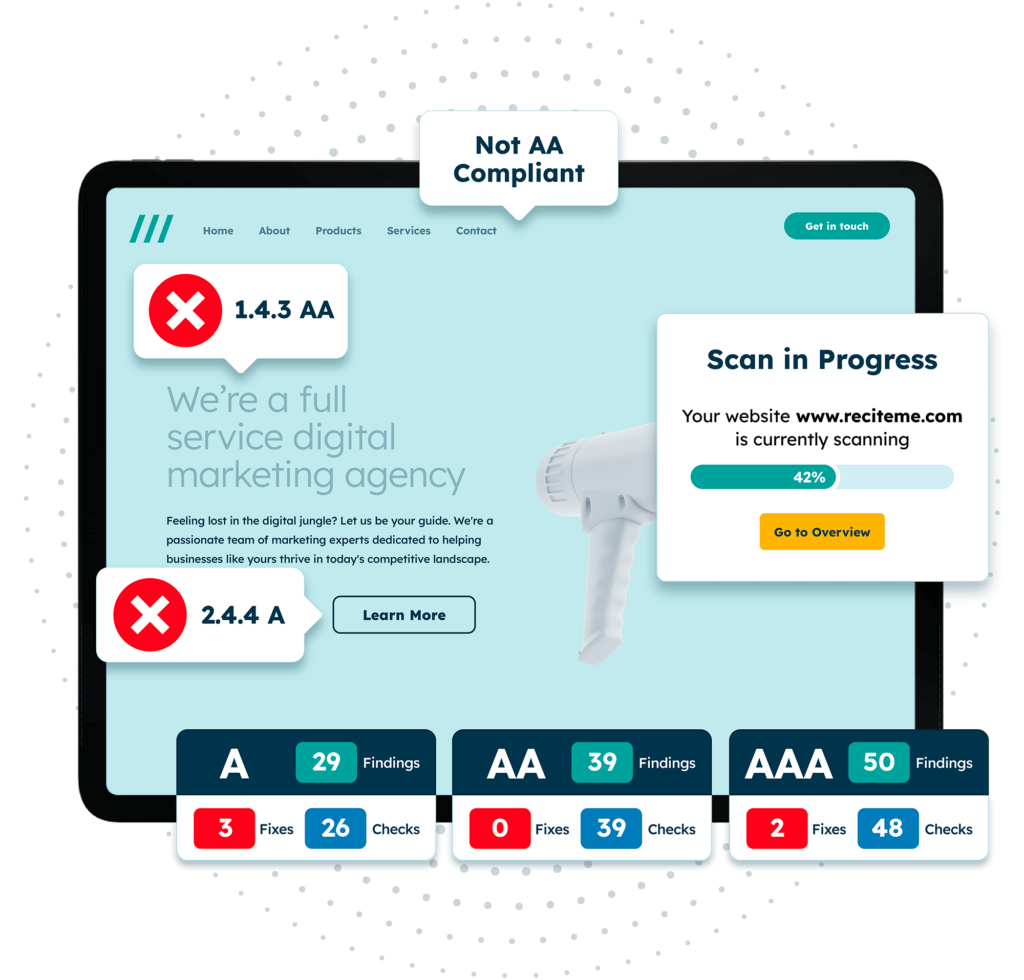
Legal frameworks for regional compliance
A11y testing isn’t only best practice, it’s a legal requirement in many regions around the world, though the exact laws vary. Here are some examples of global legislation:

- UK: The Equality Act 2010 requires businesses to make reasonable adjustments for disabled users, ensuring their services are accessible.
- EU: The European Accessibility Act (EAA) sets common accessibility standards for products and services across EU member states, including websites, apps, and e-commerce platforms.
- US: The Americans with Disabilities Act (ADA) requires public and private organisations make their digital services accessible.
- Canada: The Accessible Canada Act (ACA) mandates accessibility for federal organisations, covering digital content and services.
- Australia: The Disability Discrimination Act 1992 (DDA) requires businesses to provide equal access to physical and online services.
- New Zealand: The Web Accessibility Standard 1.1 requires public sector websites and digital services to be accessible.
The three types of a11y accessibility testing
A11y testing typically falls into three categories and the most effective strategy combines all three approaches:
1. Automated Testing
Automated accessibility testing involves using specialised software to scan your website that will flag issues that are preventing compliance with WCAG standards. These tools are fast and excellent for spotting technical errors like missing alt text and incorrect heading structures.
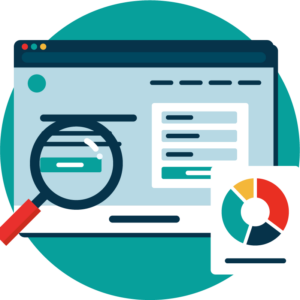

2. Manual Testing
Manual accessibility testing involves your team checking your website against accessibility standards to assess real-world usability. Unlike automated tools, this method can evaluate context, for example, whether link text is meaningful or if error messages are clear. It provides a deeper understanding of the user experience.
3. User Testing
User testing involves people with disabilities using your site in real-world conditions. It requires more planning and coordination, but it is the most authentic way to evaluate accessibility. This could include screen reader users and people with mobility impairments navigating websites by keyboard.
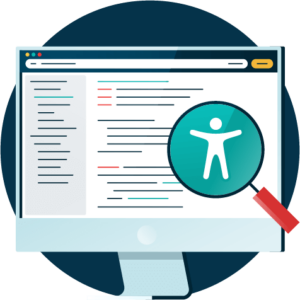
Step-by-step A11y testing process
A11y testing works best when it follows a clear, repeatable process. The steps below outline how to approach testing from initial planning through to ongoing monitoring.
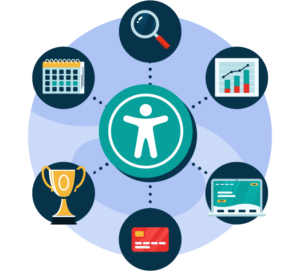
Step 1: Define scope and standards
Start by setting the boundaries of your testing project. Will you start by testing just a few key pages of your website, or the entire site? It’s a good idea to prioritise high-traffic areas and critical steps such as sign-up forms, checkout processes, and contact pages. Next, confirm which standards you’ll measure against. For most organisations, WCAG 2.1 AA is the benchmark. Clearly defining the scope helps focus resources, avoid wasted effort, and ensures your results align with legal and business needs.
Step 2: Run an automated scan
Once your scope is clear, begin with an automated scan. Online tools can quickly identify common technical issues such as missing alt text, low colour contrast, improper heading order, or broken ARIA attributes. Automated scans are fast, repeatable, and an excellent way to get a baseline picture of your site’s accessibility. However, they cannot catch all problems, so while they’re an essential starting point, they should be followed by manual checks.
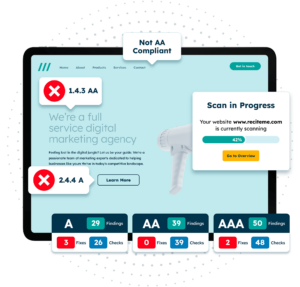

Step 3: Perform additional manual testing
Manual testing fills the gap left by automated scans. This is where a human reviewer checks your site for issues that software can’t reliably detect. For example, can all interactive elements like buttons, menus, forms be used without a mouse? Does content make sense when read by a screen reader? Are forms providing clear instructions and linking error messages to the right fields? Manual checks are especially important for testing usability, not just technical compliance. It takes more time but provides a much richer picture of the user experience.
Step 4: Test with real users
Perhaps the most valuable step is involving real users with disabilities in your testing. Their lived experience highlights A11y barriers you may never have considered. For example, a blind user may uncover confusing navigation structures that a sighted tester overlooked, or a user with motor impairments may find a button difficult to activate with assistive technology. Recruiting a diverse panel of users ensures you capture a range of perspectives, from visual and hearing impairments to cognitive and neurological differences. This step requires planning but delivers key insights you would not uncover with tools or manual testing.
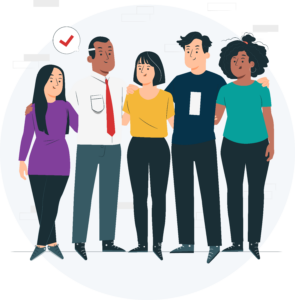
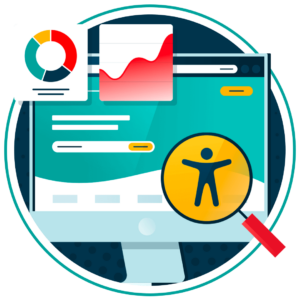
Step 5: Remediate issues and retest
Testing is only useful if followed up by action. Once issues are identified, your developers, designers, and content editors will need to collaborate to resolve them. For example, designers may need to adjust colour palettes for contrast, developers might fix ARIA-attributes, and content teams may rewrite unclear link text. After changes are made, retesting is critical to confirm fixes have been successful and haven’t introduced new problems. Accessibility remediation should be treated like any other quality assurance process: verify, validate, and refine until the issue is fully resolved.
Step 6: Schedule future A11y testing for ongoing compliance
Accessibility is not a one-off project. Websites evolve constantly when new content is added, pages are redesigned, and technology is upgraded. Without regular testing, accessibility issues can creep back in. The best approach is to build A11y testing into your quality assurance cycle: test after major updates, run automated scans as part of ongoing development, and carry out a full audit at least once a year. Regular accessibility monitoring not only helps you stay compliant with accessibility standards, but also ensures your site continues to deliver a positive experience for all users and protects your organisation’s reputation.
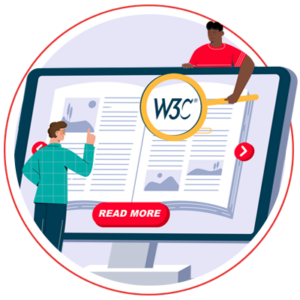
Common accessibility issues found during testing
Some of the most frequent accessibility issues uncovered include:
- Missing or incorrect alt text for images.
- Poor colour contrast (e.g. light grey text on a white background).
- Non-descriptive link text (“click here” instead of “view pricing plans”).
- Inaccessible forms with unlabeled fields.
- Lack of captions or transcripts for audio and video content.
- Inconsistent heading structure, making navigation confusing.
- Interactive elements (like buttons or sliders) that can’t be operated via keyboard.
- Inaccessible PDFs and documents without proper tagging, reading order, or alt text for images.
- Non-responsive design where websites don’t adapt properly to mobile devices or zooming.
- Poor focus indicators so users can’t see which element is currently selected when navigating with a keyboard.
Our 40-page Digital Accessibility & Inclusion Toolkit helps businesses break down online barriers and make a real impact. It offers practical advice on all aspects of digital accessibility, from writing an accessibility statement to accessible website tips and inclusive hiring.
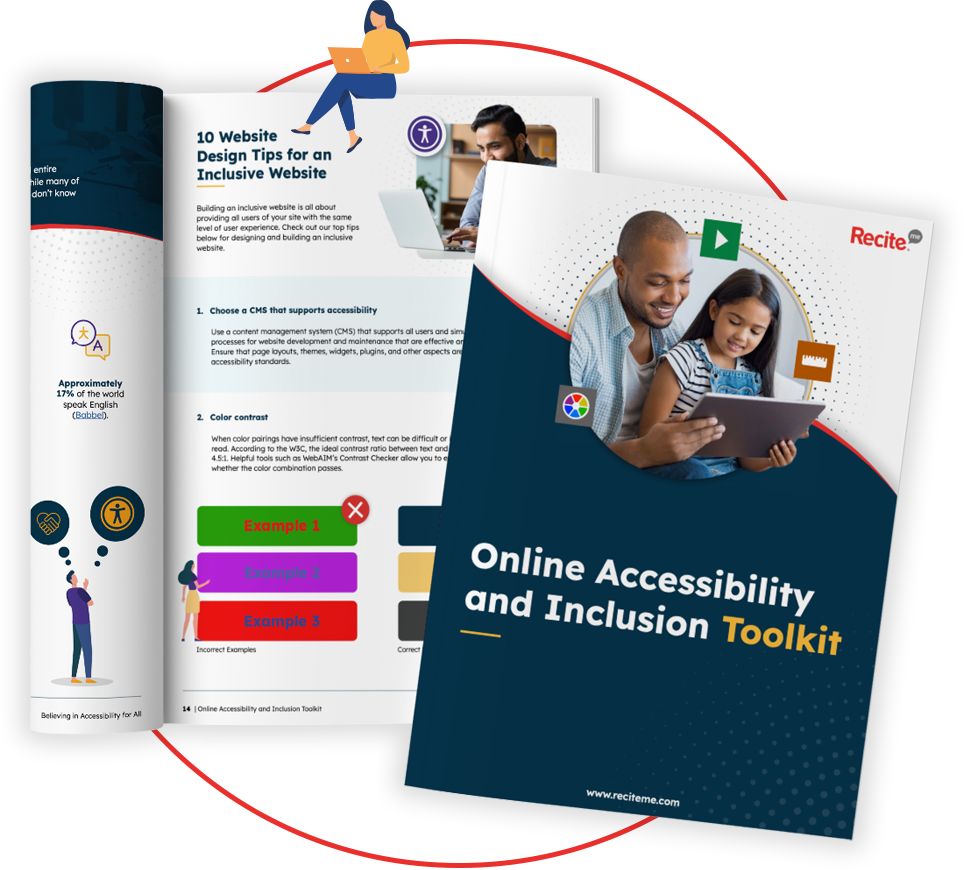
How the Recite Me accessibility Checker can aid your A11y testing process
Carrying out a11y testing can feel overwhelming if you’re unsure where to start. The Recite Me Accessibility Checker is designed to simplify this process by providing clear, actionable insights into your website’s accessibility performance. It scans your site pages, images, links and PDFs against WCAG standards and highlights issues that may create barriers for users.
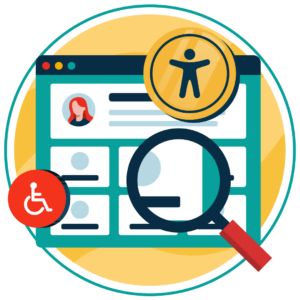
One of the huge benefits is the tool’s easy-to-use compliance dashboard. It visualises your accessibility issues and presents practical guidance so you and your team know exactly what to fix. You can also act fast with AI-powered fixes and developer-ready code, reducing your manual workload.
The Recite Me checker is designed to support continuous improvement. You can connect it with your project management tools, making it easy to send issues directly to your team so nothing gets overlooked. Regular automated scans help you track progress, monitor fixes, and make sure accessibility standards are maintained as new content and features are added.
Final thoughts on A11y testing your website
Making your website accessible isn’t a one-time task, it’s about building A11y testing into your workflow with a clear, repeatable process. This helps prevent old issues from coming back and keeps your site aligned with global best practices. Supporting your team with access to the right tools, training and processes will deliver lasting benefits to your audience. Start by following the steps above and you’ll build a website that’s easier to use, more welcoming, and more effective for everyone.
A11y testing FAQs
Looking for a recap or quick summary? Here are a few of our most frequently asked questions to help you get to grips with the essentials:
What does A11y mean?
A11y is shorthand for “accessibility.” The 11 represents the eleven letters between “a” and “y.”
How often should A11y testing be done?
At a minimum you should test annually, and ideally test again after every major website update.
Can automated a11y tools replace manual testing?
No. Automated tools are important, but they can only go so far in remediating your website. To get a complete picture of accessibility, you also need manual checks and real user testing.
Is a11y testing only for large organisations?
No. Accessibility is relevant to organisations of all sizes. However, so legislation only mandates compliance for larger organisations.
Is WCAG 2.2 out yet?
Yes, WCAG 2.2 was published in 2023, adding new criteria around focus indicators, target sizes, and more. You can start planning for WCAG 2.2 today to future-proof your website and stay aligned with the latest standards.
Who should be involved in accessibility testing?
It’s a team effort. Designers, developers, content creators, QA testers, and ideally real users with disabilities all play a role in making a site accessible.

